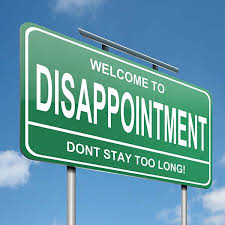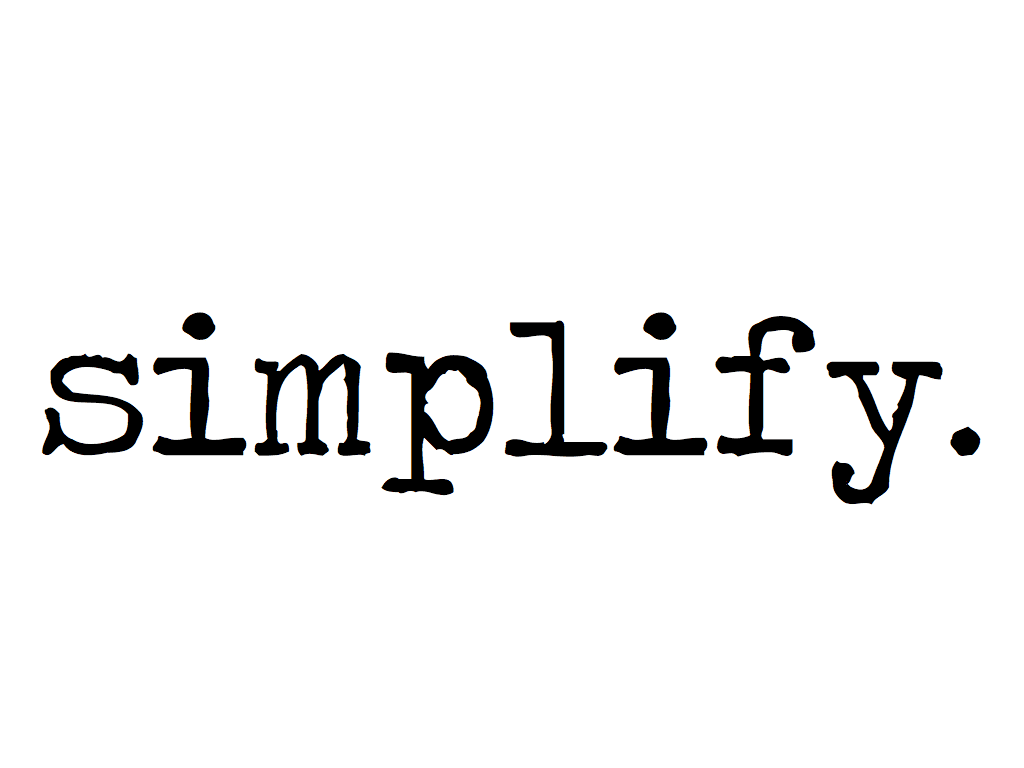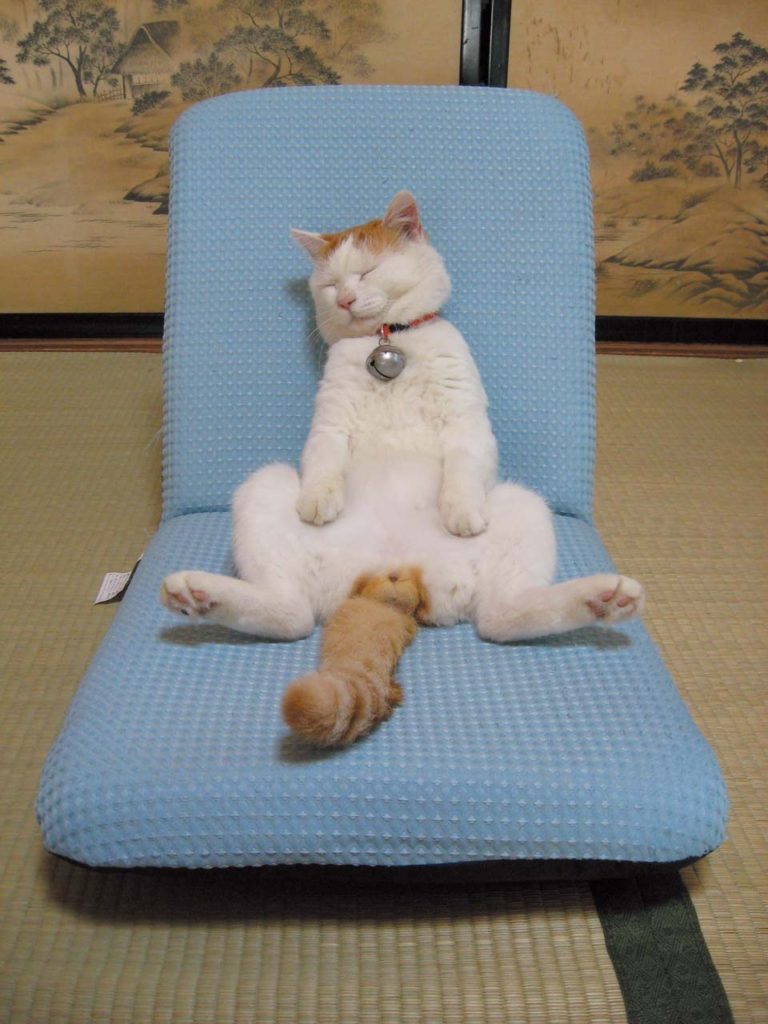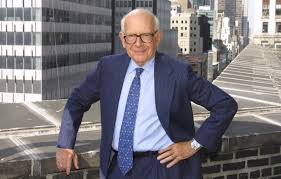Brand Discovery Tip Number 1.
Disappointment is an emotion all humans experience. If you haven’t been disappointed in life, you haven’t been trying. Discussing these moments is also telling about what is important to you. When doing brand discovery, especially for B2B clients, I like to ask about a key disappointment when talking to stakeholders. Not everyone is happy to share their personal feelings but for many opening up about can be cathartic. Even when talking about a modest disappointment, a good interviewer can delve a little deeper into other areas that may be more telling.
When doing this type of work it’s important to share some of your own disappointments. It can prime the pump, as it were. Especially if in a similar are of business. Also, don’t stop at shallow answers, such as “We should have sold more widgets.” Or “We lost our best designer.” Drill down so you can feel from where the real pain emanates.
This doesn’t have to be downer time. And it’s certainly not judgement time. It’s about truth and learning and building up opportunity.
Again, if you have no business disappointments, you haven’t been trying.
Peace.









